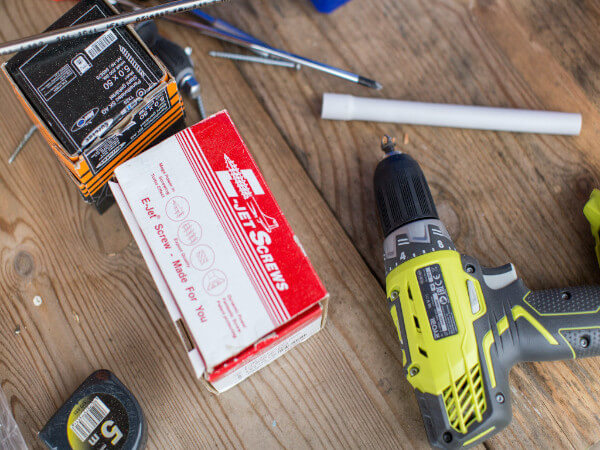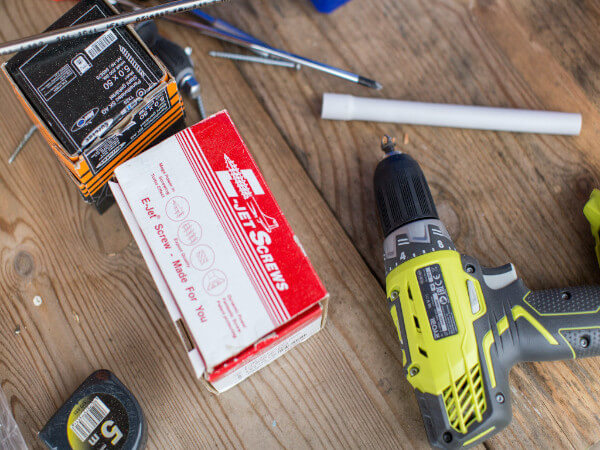
Contractors with more than 100 employees are sitting in limbo as the Occupational Health and Safety Administration finalizes its guidance on vaccine mandates. OSHA sent its recommendations to the White House for review last week, and the final approval may be granted as soon as this week.
Once the Office of Management and Budget (OMB) completes its review and publishes the rule in the Federal Register, the rule will go into effect.
President Biden announced the executive order mandating COVID-19 vaccinations or weekly testing for employers with more than 100 employees in early September. Employees of contractors who do business with the federal government must get the vaccine; there is no option for routine testing in place of immunization.
Failure to comply will result in penalties costing $14,000 per violation. Large companies will also need to provide employees paid time off for vaccination as part of the rule. The policies will affect 100 million American workers.
Lagging Vaccination Rate
Vaccine mandates could have dire consequences for the construction industry, which is already plagued by worker shortages. Currently, 53% of the construction labor force is vaccinated, according to data from the Center for Construction Research and Training (CPWR), a nonprofit founded by building trade unions. Forty-one percent of the construction labor force says it’s hesitant to get the COVID-19 vaccine, CPWR says, with the top barrier being distrust of the government.
Because of the hesitancy to receive the vaccine, contractors with more than 100 employees may face the real threat of workers walking. Those reluctant to get the jab may opt to move to a smaller business that falls outside of the mandate.
Industry Groups Respond
Construction workers were among the first groups eligible to receive the vaccine, and industry associations have encouraged voluntary COVID-19 vaccination for their members and employees from the start. The Associated General Contractors of America and Associated Builders and Contractors say a mandate could put a strain on the industry, as well as the country’s infrastructure needs.
“Many of the challenges affecting contractors are being driven by the pandemic and policy responses to it, instead of typical market conditions,” said Stephen Sandherr, AGC chief executive officer,. “This federal contractor vaccination mandate could further exacerbate the industry’s workforce and significantly increases federal project costs and delays to the detriment of meeting vast federal government infrastructure needs.”
Ben Brubeck, ABC vice president of regulatory, labor and state affairs, echoed that sentiment, stating, “This guidance will result in additional compliance burdens, exacerbate the construction industry’s skilled- workforce shortage and increase costs for federal contractors and taxpayers. ABC is philosophically opposed to federal mandates that undermine the desired policy outcome.”
Conflicting requirements at the state level add to the confusion, with several governors announcing they will ban the vaccine mandate.
Did you miss our previous article…
https://www.3555pacific.com/?p=265


















